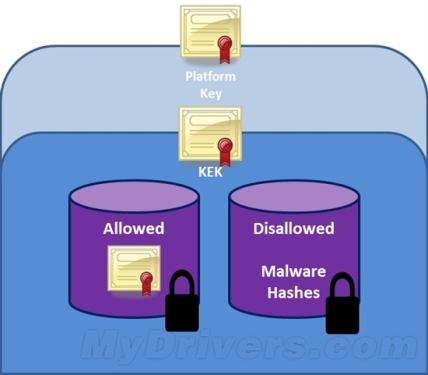Cummins Generator Set,Diesel Generator,Cummins Engine,Soundproof Generator Yangzhou Hengyuan Electromechanical Equipment Co., Ltd. , https://www.lchypower.com Redhat, Canonical (Ubuntu developer), and the Linux Foundation have recently proposed to hardware vendors several times that they hope to retain the ability to install Linux on Windows 8 branded machines. It is recommended that hardware vendors provide multiple options on Windows 8 computers. Start mode allows users to control their own computer.
Redhat, Canonical (Ubuntu developer), and the Linux Foundation have recently proposed to hardware vendors several times that they hope to retain the ability to install Linux on Windows 8 branded machines. It is recommended that hardware vendors provide multiple options on Windows 8 computers. Start mode allows users to control their own computer.
Last month, there were many opinions about the effect of Windows 8 using UEFI (Secure Extensible Firmware Interface) for Secure Boot on Linux. Some people think that the Windows 8 computer's safe boot mode makes it difficult for users to bypass Windows booting Linux or dual booting both operating systems. Because to obtain Windows 8 authentication, the PC must enable secure boot by default, which will block uncertified operating system.
Hardware vendors can provide users with the option of disabling the secure boot feature, but they may also not be able to do so, thereby preventing users from running non-Windows systems. Although dual booting is difficult to completely disable, Linux vendors and the Linux Foundation are very worried about how UEFI boot security is actually implemented on computers.
Safe boot protects the user, but it may kill Linux. In an article entitled "The Impact of UEFI Secure Booting on Linux," Red Hat and Canonical warned: "Microsoft's recommended setup for secure booting does not provide hardware users with the right to control the system, and it will block open source systems. Running.†The article pointed out that although Windows 8 will not be listed before 2012, but hardware vendors will certainly use UEFI in the first quarter of 2012.
Both Red Hat and Canonical agree that UEFI security startup will provide better security protection for users because UEFI will only launch certified boot programs and malware will have no chance. However, this protection also hinders the startup of Linux and other operating systems.
Open source system vendors have made recommendations such as, "OEM vendors allow easy startup or disable of secure boot through the firmware configuration interface", hardware vendors "provide a standardized mechanism for setting keys for system firmware," and hardware boot modes provide users More choices.
Red Hat and Canonical said that if the steps to disable secure booting are too difficult for non-technical people, then some users will not be able to use Linux. The Linux Foundation recommends that "all UEFI bootable devices should provide a boot mode that allows the user to control which platform key (PK) is installed."
The Linux Foundation will establish an independent certification authority and allow multiple operating systems to obtain the certification needed for safe booting. However, the key to the success of the plan is whether hardware vendors will provide support. Because the computer hardware must first allow the user to reset the relevant credentials for its secure boot function, otherwise the hardware will still only use the pre-installed Microsoft operating system when booting safely.